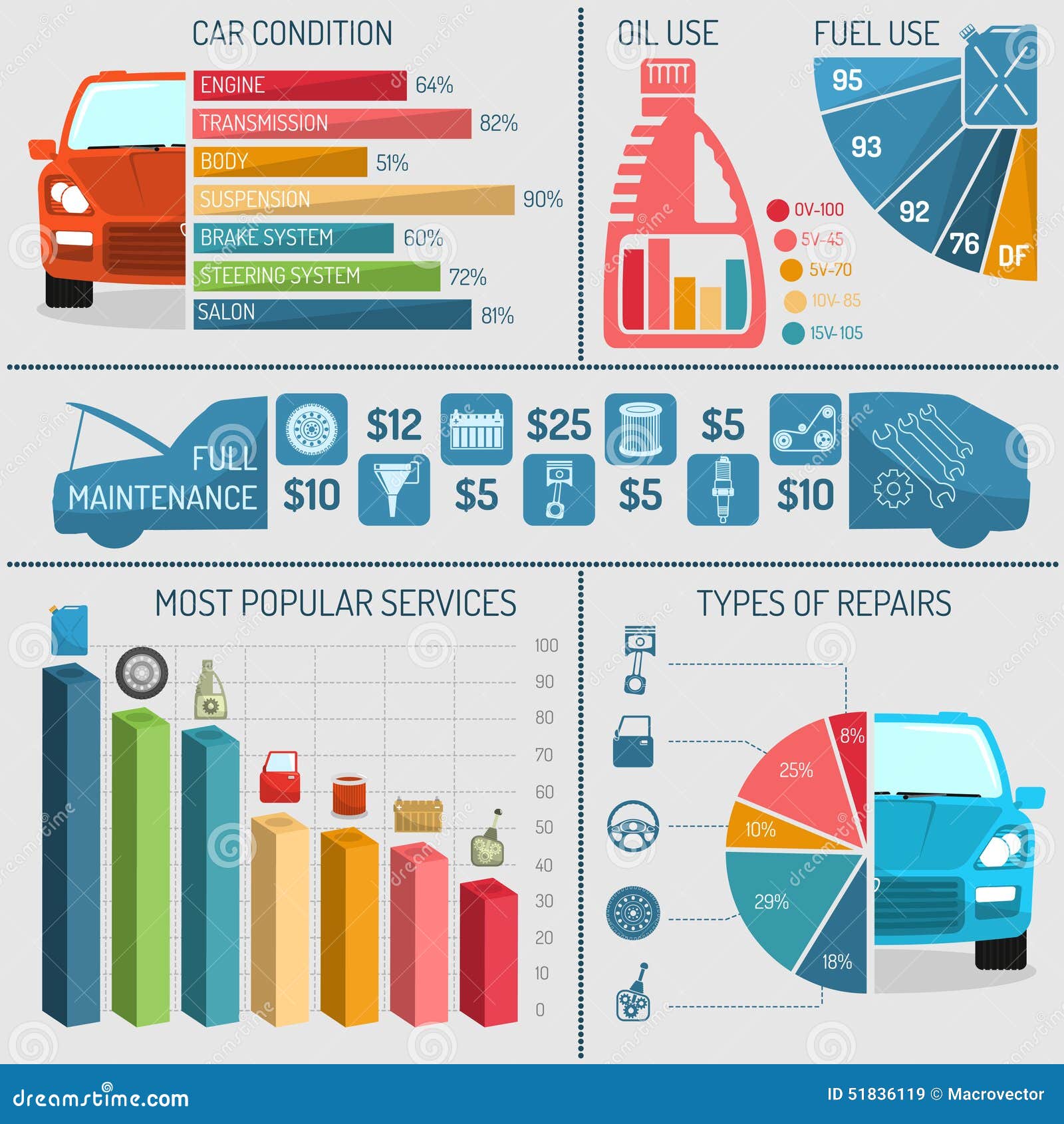Comprehending Your Vehicle'S Warning Lights: What Do They Truly Mean?
Comprehending Your Vehicle'S Warning Lights: What Do They Truly Mean?
Blog Article
Team Writer-Hartley Dalgaard
When you're behind the wheel, those radiant caution lights on your control panel can be a little bit perplexing. Do you recognize what they're attempting to tell you regarding your car's health? Recognizing the relevance of these lights is vital for your security and the long life of your lorry. So, the following time among those lights appears, wouldn't you want to decode its message accurately and take the needed steps to address it?
Common Warning Lighting and Interpretations
Recognize common caution lights in your vehicle and comprehend their definitions to make certain risk-free driving.
One of the most common warning lights include the check engine light, which signifies problems with the engine or discharges system. If this light begins, it's important to have your automobile checked immediately.
The oil stress advising light shows low oil stress, calling for immediate attention to stop engine damage.
A flashing battery light might recommend a malfunctioning billing system, potentially leaving you stranded otherwise attended to.
https://brakes-near-me39517.tokka-blog.com/30501029/basic-devices-called-for-in-every-automotive-fixing-workshop monitoring system (TPMS) light alerts you to low tire pressure, affecting automobile security and gas efficiency. Overlooking this might result in risky driving conditions.
The ABS light indicates a problem with the anti-lock braking system, compromising your capability to quit rapidly in emergencies.
Lastly, the coolant temperature level warning light warns of engine getting too hot, which can cause extreme damages if not settled quickly.
Understanding these usual warning lights will certainly aid you deal with concerns immediately and preserve secure driving conditions.
Value of Prompt Focus
Comprehending the typical warning lights in your automobile is just the first step; the importance of promptly resolving these cautions can not be highlighted enough to ensure your safety and security on the road.
When a warning light illuminates on your control panel, it's your vehicle's method of connecting a prospective concern that needs attention. Disregarding these warnings can lead to much more severe problems in the future, endangering your security and possibly costing you more out of commission.
Motivate attention to cautioning lights can protect against breakdowns and crashes. As an example, a flashing check engine light could suggest a misfire that, if left ignored, might create damages to the catalytic converter. Resolving this immediately can save you from a costly repair service.
Likewise, a brake system cautioning light may signify reduced brake fluid or worn brake pads, vital components for your safety when driving.
DIY Troubleshooting Tips
If you see a caution light on your control panel, there are a few DIY fixing tips you can attempt prior to looking for specialist assistance.
The first step is to consult your cars and truck's guidebook to recognize what the certain caution light shows. Occasionally the concern can be as simple as a loose gas cap activating the check engine light. Tightening up the gas cap may settle the issue.
An additional common problem is a low battery, which can trigger different alerting lights. Examining the battery links for corrosion and guaranteeing they're safe and secure may take care of the issue.
If a warning light lingers, you can attempt resetting it by disconnecting the cars and truck's battery for a couple of minutes and after that reconnecting it. In addition, inspecting your car's fluid levels, such as oil, coolant, and brake fluid, can aid fix alerting lights related to these systems.
mobile detailing services
To conclude, comprehending your automobile's caution lights is vital for maintaining your automobile running efficiently and safely. By promptly addressing these informs and recognizing what they indicate, you can avoid pricey fixings and potential failures.
Remember to consult your auto's manual for certain information on each cautioning light and do something about it as necessary to make sure a hassle-free driving experience.
Keep notified, stay risk-free when traveling!
